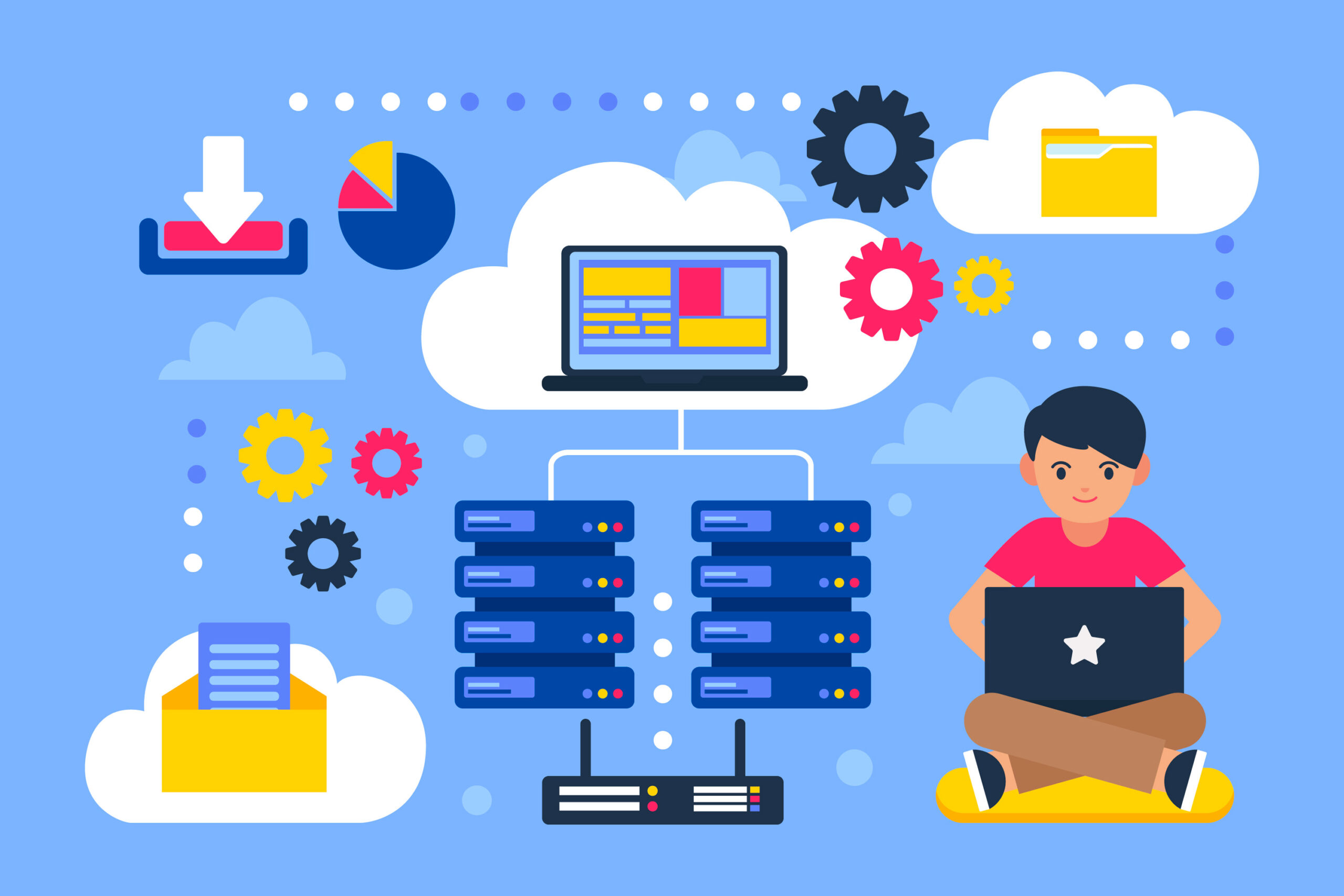Introduction
In the ever-evolving landscape of technology, businesses face the ongoing challenge of ensuring their IT infrastructure is not only up-to-date but also optimized for efficiency, scalability, and security. IT infrastructure optimization is about making strategic improvements to hardware, software, and network systems to enhance performance and reduce costs.
Understanding the Need for IT Infrastructure Optimization
It’s important to know why optimization is required before implementing any strategies. With the correct IT infrastructure, you can lower downtime, increase operational efficiency, and have a scalable system that can expand with your company. Additionally, it improves security, guaranteeing the safety of both your and your customers’ data.
Assessment and Planning
- Perform a Comprehensive IT Audit: Recognizing your current situation is the first step toward optimization. All IT assets, including networks, data management systems, hardware, and software, are thoroughly examined as part of an IT audit. Outdated technology, wasted resources, and any potential security flaws should all be found during this audit.
- Establish Specific Objectives: Clearly state your objectives for your optimization efforts. This can entail higher security, lower expenses, more scalability, or greater system performance. Setting clear objectives can help you monitor and evaluate the success of your optimization tactics.
Upgrading and Rationalizing Hardware
- Upgrade Outdated technology: It’s critical to regularly upgrade outdated and inefficient technology. In addition to performing better, newer gear is frequently more dependable and energy-efficient.
- Consolidate Servers with Virtualization: By enabling the operation of numerous virtual servers on a single physical server, server virtualization lowers hardware costs and boosts productivity.
Software Optimization
- Update and Simplify Software: Keeping your software up to date with security updates and new features is essential. Removing unnecessary software and making sure the remaining software is integrated and fully utilized are two aspects of streamlining software applications.
- Use Cloud Computing Solutions: Using cloud services can provide more scalability and flexibility. In comparison to conventional on-premises systems, cloud solutions can be more affordable and frequently offer superior alternatives for disaster recovery.
Enhancing Network Infrastructure
- Put Advanced Network Management Tools into Practice: These tools can assist in identifying bottlenecks, preventing downtime, and monitoring network performance. They are essential to maintaining the network’s effectiveness and security.
- Optimize Bandwidth Usage: By ensuring that vital applications have the resources they require, bandwidth management enhances network performance as a whole.
Prioritizing Security and Compliance
- Boost Cybersecurity Measures: Boost your cybersecurity protections as part of the optimization process. Intrusion detection systems, firewalls, and routine security audits are a few examples of this.
- Verify Adherence to Data Protection Laws: Remain compliant with data protection rules and regulations by routinely reviewing and updating your IT infrastructure. This will help you keep your customers’ trust and stay out of trouble with the law.
Embracing Automation and AI
- Use automation tools: Efficiency can be greatly increased by automation. Automation technologies can lessen human error and the stress on IT professionals by automating tasks like network monitoring and backups.
- Use AI for Predictive Analysis: By identifying patterns in your IT infrastructure, AI can anticipate and avert possible problems before they happen, improving security and performance.
Regular Monitoring and Continuous Improvement
- Establish a Routine Monitoring System: Monitoring your IT infrastructure continuously aids in promptly detecting problems and averting others.
- Adopt a Culture of Continuous Improvement: Optimizing IT infrastructure is an ongoing activity rather than a one-time event. Continuously look for innovative approaches to enhance and adjust to technology developments.
Conclusion
Improving your IT infrastructure is essential to making sure your company stays effective and competitive in a continually evolving technology environment. Businesses may create a solid, scalable, and secure IT infrastructure by carrying out in-depth inspections, improving hardware and software, bolstering network infrastructure, emphasizing security, adopting automation, and committing to ongoing monitoring and development. In addition to meeting immediate operating needs, this streamlining creates a solid basis for future expansion and innovation. Recall that continuous optimization is the secret to success in the world of technology, where stasis is the opposite of growth.

